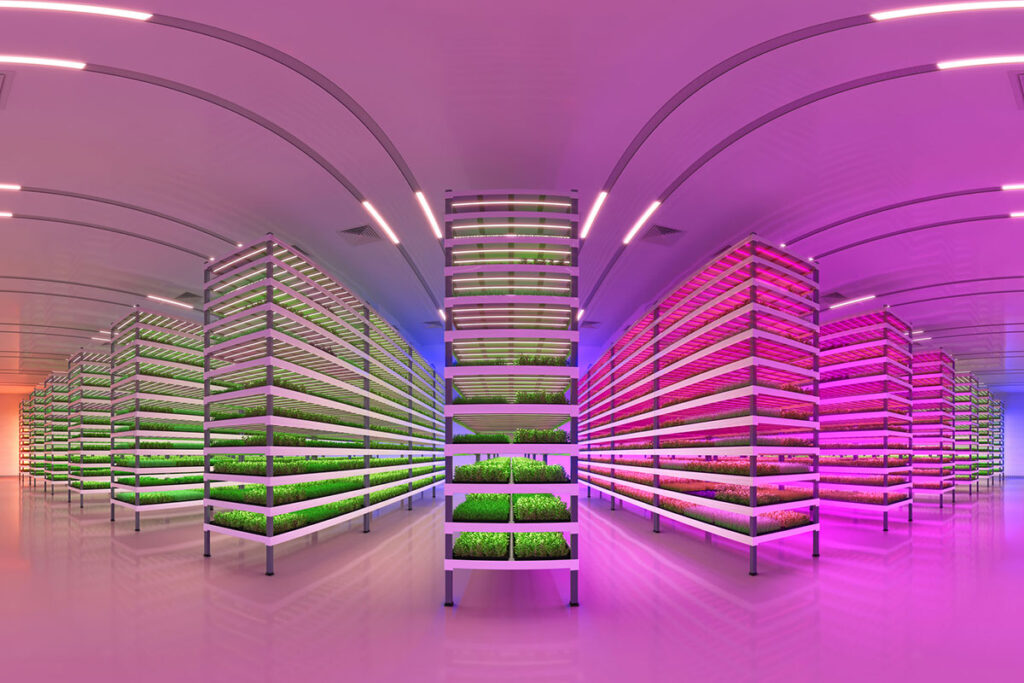Maximize Grow Room Square Footage

To improve your ROI, maximizing the square footage of your commercial grow rooms is crucial. It involves fitting in as many plants as possible without compromising the quality or yield. There are several reasons why you should maximize your canopy footprint, such as in cities where real estate comes at a premium, or if you want bigger yields without expanding your operation.
To make the most out of your indoor farm, there are four key methods that you should implement:
First, go vertical by investing in multi-tier grow racks that allow you to expand your plant canopy in cubic feet without adding square footage. However, for cannabis growers, they should consider the type of racks, water volumes, and HVAC requirements before deciding what works best for their ROI. In addition, you need to invest in LED lights that emit less heat and HVAC systems that can handle higher cooling loads and humidity.
Second, create moveable aisles using mobile benches and vertical grow racks that allow you to expand your cultivation space without the need for additional floor space. This also allows you to fit many more rows of plants inside the grow space. Work with your mechanical engineer to ensure that you are providing proper cooling, dehumidification, and air circulation evenly throughout the room.
Third, optimize your layout by keeping your workflow in mind. For example, a vertically integrated cannabis producer may require dedicated rooms for clones, veg, flower, drying, and extraction, all securely separated from a dispensary retail front. A facility layout optimized for labor can improve productivity and minimize costs to get the most out of your farm.
Lastly, maximize your yields by implementing several methods that may increase your yields per plant. There are many variables that will affect your results, including crop variety, environment, watering, nutrients, lighting, air flow, biosecurity, and more. As an existing operator, R&D is key to determining which methods will be most successful for your operation, so be sure to test your methods on small sample crops before implementing changes throughout the rest of your operation.